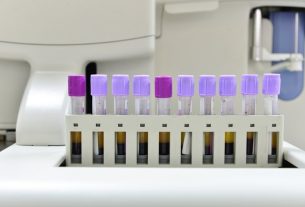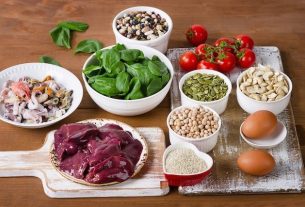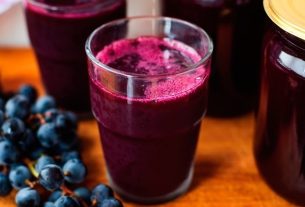Watercress is a vegetable rich in vitamin C, Vitamin A and flavonoids, compounds with anti-inflammatory properties and antioxidants that fight free radicals and strengthen the immune system, helping to prevent situations such as diabetes, high blood pressure and flu, for example.
As it contains excellent amounts of fiber, watercress prolongs satiety, reducing food intake and promoting weight loss. Furthermore, this vegetable also increases the hydration of feces and facilitates the formation of fecal cake, preventing constipation. See a list of other foods that are sources of fiber.
Watercress has a slightly spicy flavor and is generally found in supermarkets and markets, and can be consumed raw, such as in salads, pâtés and juices, or cooked, in preparations such as stir-fries, stews, soups, omelets and rice. This vegetable can also be used to prepare home remedies, such as teas and syrups.
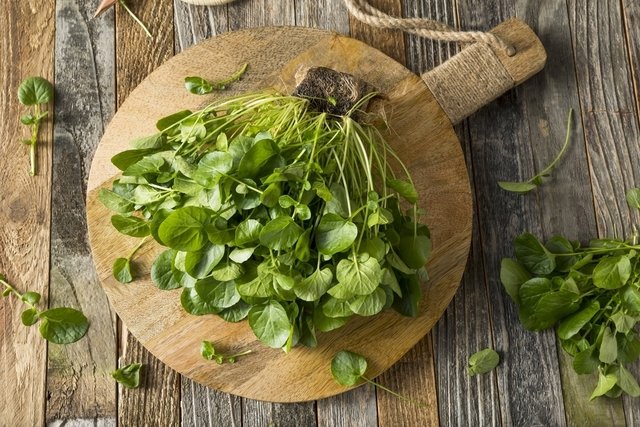
Health benefits of watercress
The main health benefits of consuming watercress are:
1. Prevent diabetes
Because it contains good amounts of fiber, watercress helps balance blood sugar levels, preventing insulin resistance and diabetes, as well as helping to control blood sugar levels in those who already have the disease.
2. Strengthen bones
Watercress is rich in vitamin K, an essential vitamin for the formation and strengthening of bones, preventing osteoporosis and situations such as falls and fractures. See how to include other foods rich in vitamin K in your diet.
In addition, watercress also has good amounts of calcium, a mineral that participates in the formation and maintenance of bone health.
3. Help prevent cancer
Watercress helps prevent some types of cancer, such as pancreatic, breast or colon cancer, because it contains great amounts of flavonoids, isothiocyanates and glucosinolates, bioactive compounds with powerful antioxidant action, which fight free radicals, preventing their emergence and multiplication. of cancer cells.
4. Prevent premature aging
As it is a vegetable rich in vitamin C, an important vitamin for the production and absorption of collagen, watercress helps maintain skin elasticity, preventing wrinkles and premature aging.
Watercress is also rich in glucosinolates, bioactive compounds with powerful antioxidant action that fight free radicals, one of those responsible for damage to healthy skin cells.
5. Maintain eye health
Watercress contains good amounts of lutein and zeaxanthin, carotenoids present in the eyes that help fight free radicals and protect the retina. These compounds are important for maintaining eye health, preventing situations such as macular degeneration and cataracts associated with age.
6. Prevent cardiovascular diseases
Because it contains fiber, watercress helps reduce the absorption of fat from food in the intestine, promoting the balance of cholesterol and triglyceride levels in the blood and preventing diseases such as atherosclerosis, heart attack, high blood pressure and fatty liver.
7. Strengthen the immune system
Watercress is rich in vitamin C, vitamin A and flavonoids, compounds with antioxidant and anti-inflammatory action that strengthen the immune system, fighting viruses, bacteria and fungi, helping to prevent and treat situations such as coughs, allergies, bronchitis, sinusitis and flu. See how to use watercress to help fight a cough.
8. Fight constipation
Because it contains good amounts of fiber, watercress helps increase water absorption in the intestine, making stools softer, improving intestinal function and combating constipation.
9. Prevent bleeding
Present in optimal quantities in watercress, vitamin K is an essential nutrient for maintaining normal blood clotting, preventing bleeding in the event of injuries, such as cuts or fractures.
10. Help with weight loss
Watercress can help with weight loss, because it is a source of fiber that helps prolong satiety, reducing food intake throughout the day.
Furthermore, watercress is low in fat and calories, making it a great option to include in weight loss diets.
Nutritional information table
The following table provides nutritional information for 100 g, equivalent to 3 cups, of chopped raw watercress:
It is important to remember that the benefits of watercress are achieved mainly when maintaining a balanced diet associated with regular physical exercise.
How to consume
Watercress can be consumed raw, in salads, pâtés and juices, or cooked, used in preparations such as stir-fries, stews, soups, omelettes and rice.
The cooked form of watercress contains a higher level of carotenoids when compared to the raw version. However, antioxidant compounds such as glucosinolates and flavonoids are generally lost during prolonged cooking of watercress and, therefore, you should avoid cooking this vegetable for a long time.
Watercress can also be used in home treatments for sputum or coughs to prepare teas and syrups:
- Watercress syrup: In a pan, place 250 ml of pure watercress juice blended in a blender with 1 cup of honey and boil over low heat, until it has a viscous texture. After cooling, add 5 drops of propolis. Take 1 tablespoon of this syrup, 3 times a day, until expectoration improves;
- Watercress tea: Add 1/2 cup of chopped watercress leaves and stems to 150 ml of boiling water, cover and let the mixture rest for 5 to 10 minutes. Strain, sweeten with 1 tablespoon of honey and drink 2 to 3 cups of this tea a day, until your cough and expectoration improve.
Watercress can also be used to prepare a homemade syrup with turnip, pineapple and beetroot, and is recommended to reduce the symptoms of bronchitis and cough. See how to use watercress to help treat bronchitis.
Who cannot consume
Excessive consumption of watercress can increase the risk of miscarriage and, therefore, pregnant women should not consume this vegetable in the form of teas or syrups.
Furthermore, watercress can interfere with the action of some medications, such as warfarin, lithium and chlorzoxazone and, therefore, it is recommended to consume this vegetable only under the guidance of a doctor.
Healthy recipes with watercress
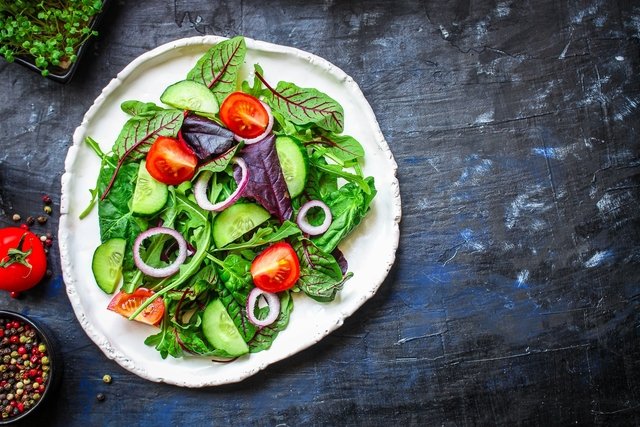
Some healthy watercress recipes include watercress juice, salads and stir-fries.
1. Watercress juice
Ingredients:
- 2 stalks of watercress;
- 200 ml of orange juice;
- 5 drops of propolis.
Preparation mode:
Wash the watercress stalks well. Blend all ingredients in a blender and take up to three times a day.
2. Watercress salad
Ingredients:
- ½ bunch of watercress;
- ½ red onion;
- 1 Italian tomato;
- 1 pinch of salt;
- Black pepper to taste;
- 1 teaspoon of lemon juice;
- 1 tablespoon of olive oil.
Preparation mode:
Wash the watercress leaves well, dry and place on a platter. Chop the onion into thin slices and add to the watercress. Chop the tomato into cubes and transfer to the serving dish. Season the salad with olive oil, salt, pepper, lemon juice and salt. Mix well and serve.
3. Sauteed watercress
Ingredients:
- 1 bunch of watercress;
- ½ small chopped onion;
- 1 clove of chopped garlic;
- 1 chopped tomato;
- 1 teaspoon of salt;
- 1 tablespoon of olive oil.
Preparation mode:
Wash and dry the watercress leaves well. In a pan, heat the olive oil and sauté the onion and garlic over medium heat for 3 minutes. Add the watercress and stir, with a spoon, until the leaves wilt. Add the tomato and salt, letting it cook for another 3 minutes, and serve.
4. Ricotta and watercress pate
Ingredients:
- ½ bunch of watercress (chopped leaves only);
- ½ cup of cottage cheese;
- 150 g of fresh ricotta;
- ½ onion;
- Black pepper to taste;
- 2 garlic cloves;
- juice of ½ lemon.
Preparation mode:
Wash and dry the watercress leaves well. Chop the onion and garlic into cubes. Place in a processor and blend until they are in very small pieces. Add the watercress leaves and lemon juice and beat a little more, until smooth. Add the ricotta and beat a little more in the processor. Transfer the mixture to a bowl and add the cottage cheese and black pepper, mixing well with a spoon. Serve with toast or bread.

Sign up for our newsletter and stay up to date with exclusive news
that can transform your routine!
Warning: Undefined array key "title" in /home/storelat/public_html/wp-content/plugins/link-whisper-premium/templates/frontend/related-posts.php on line 12
Warning: Undefined array key "title_tag" in /home/storelat/public_html/wp-content/plugins/link-whisper-premium/templates/frontend/related-posts.php on line 13

